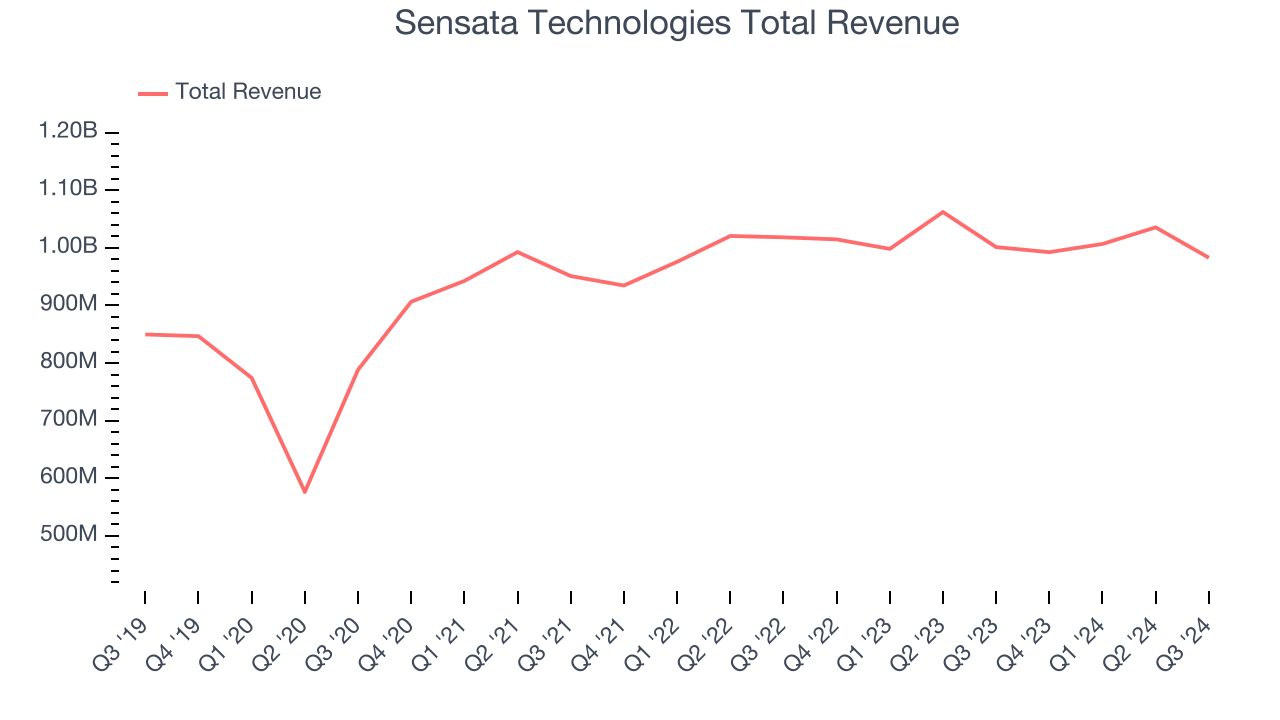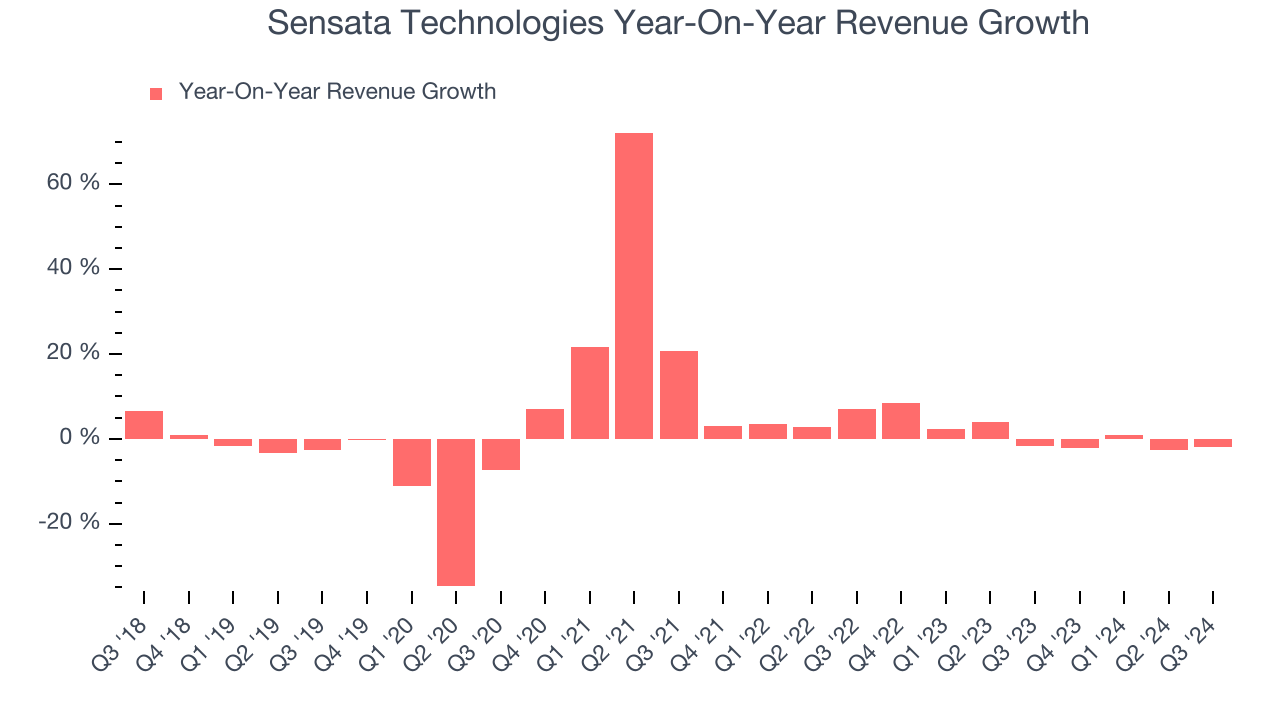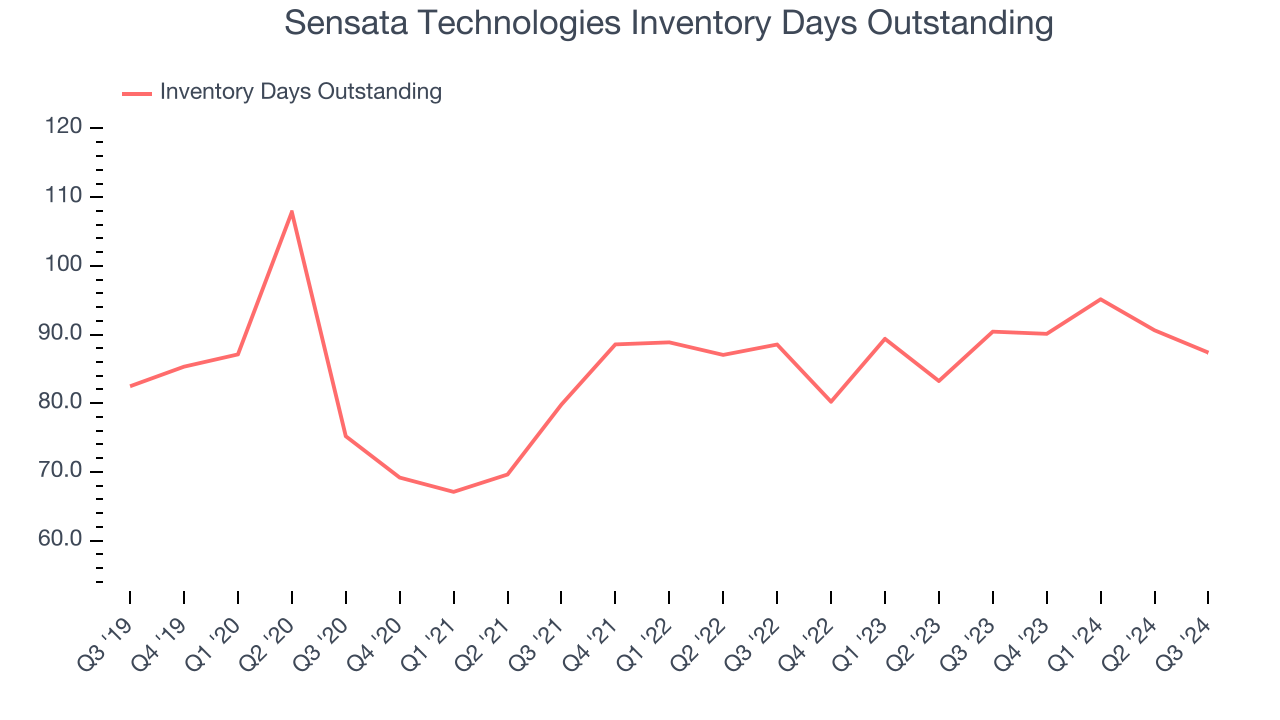Financial News
More News
View More
Netflix Wins the Streaming Wars: The $82B Warner Bros. Deal ↗
Today 11:02 EST
5 Robotics Stocks Catching Momentum After New Policy Tailwinds ↗
Today 10:47 EST
3 Finance Stocks Leaving Coal in Investors Stockings ↗
Today 10:28 EST
These 3 Little-Known Stocks Are Analyst Favorites ↗
Today 8:48 EST
Recent Quotes
View More
Stock Quote API & Stock News API supplied by www.cloudquote.io
Quotes delayed at least 20 minutes.
By accessing this page, you agree to the Privacy Policy and Terms Of Service.
Quotes delayed at least 20 minutes.
By accessing this page, you agree to the Privacy Policy and Terms Of Service.
© 2025 FinancialContent. All rights reserved.












